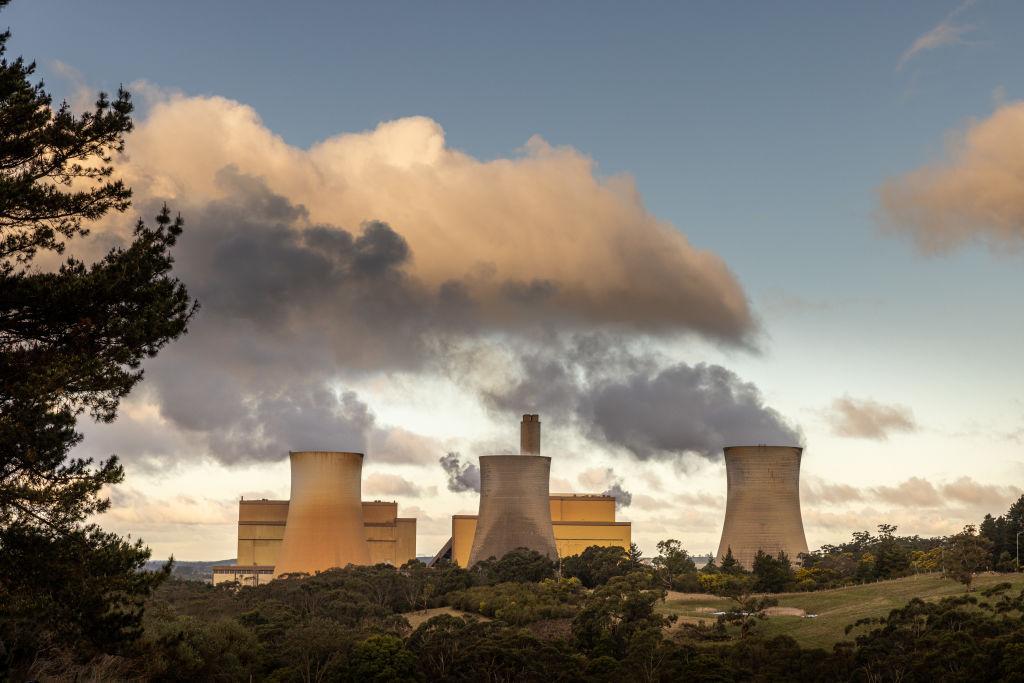The head of a major energy company in Australia has warned that shutting down coal and gas power plants too early will expose the national power grid to significant risks.
In an interview with the Australian Financial Review, EnergyAustralia managing director Mark Collette said there needed to be some form of agreement between governments and energy companies that dictated the timing of the closure of fossil fuel generators to prevent shortfalls in generation capacity.





